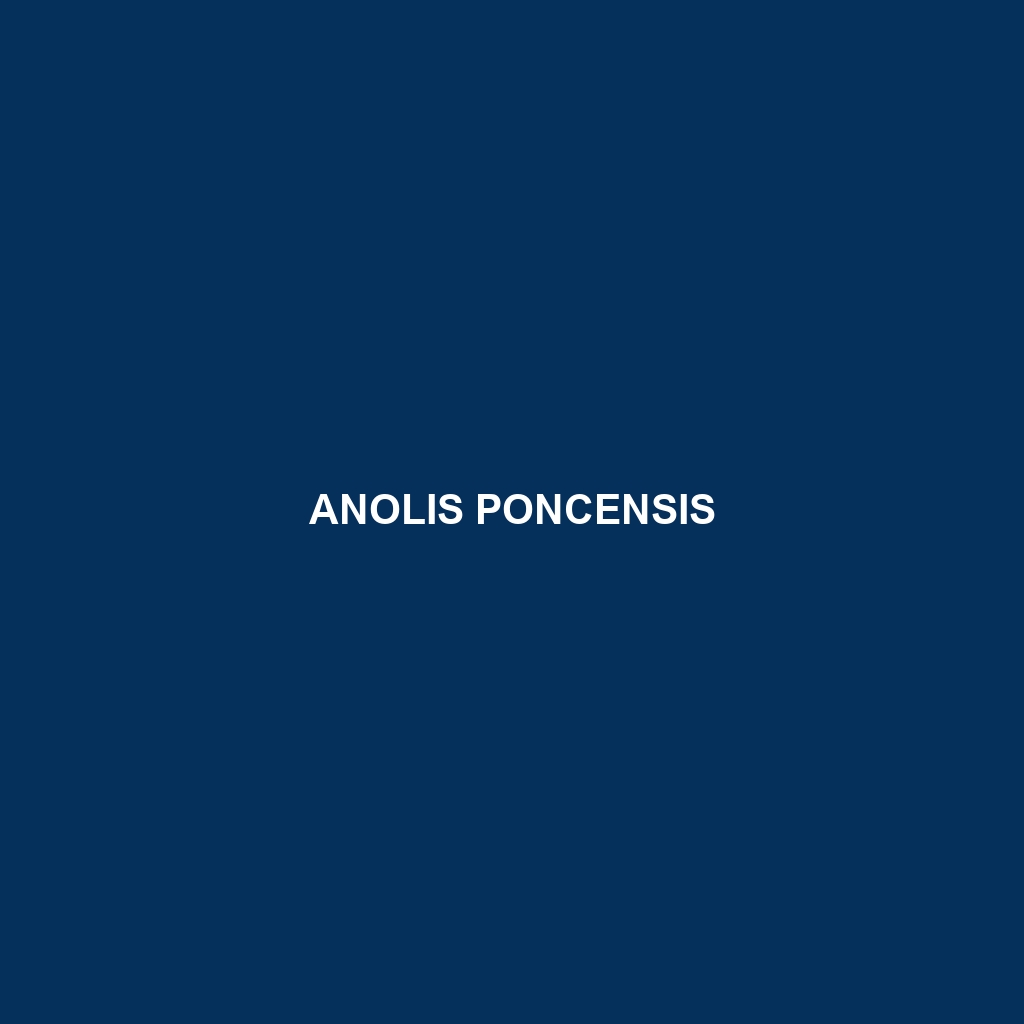Common Name: Anolis porcatus
Scientific Name: Anolis porcatus
Habitat:
Anolis porcatus, commonly known as the Cuban brown anole, is primarily found in the dense forests and shrublands of Cuba and the surrounding islands, including the Bahamas. This species thrives in tropical and subtropical climates, often inhabiting both urban and natural environments where vegetation is abundant, offering ample perching sites and microhabitats.
Physical Characteristics:
The Cuban brown anole is a medium-sized lizard, averaging between 15 to 20 centimeters in length. It showcases a robust body with a long, slender tail. The coloration ranges from brown to gray, often featuring darker bands or stripes, which provide excellent camouflage against the bark of trees and woody plants. Adult males are distinguished by their larger size and vivid dewlap, which can be displayed during courtship or territorial disputes.
Behavior:
Anolis porcatus is known for its agile and territorial behavior. During mating season, males engage in elaborate displays, showcasing their colorful dewlaps to attract females and deter competitors. These lizards are primarily diurnal, spending their days basking in the sun and foraging for food. Their ability to climb vertically allows them to escape predators and seek out food sources effectively.
Diet:
The diet of Anolis porcatus consists mainly of small insects, including ants, beetles, and flies. This lizard is an opportunistic feeder, often consuming whatever insects are readily available within its habitat. Their foraging strategy includes both active hunting and ambush techniques, making them skilled predators among woodland insects.
Reproduction:
Anolis porcatus engages in a seasonal reproductive cycle, typically breeding in the warm months of the year. The female lays clutches of 1 to 7 eggs in moist, secluded areas, allowing for optimal conditions for the hatchlings. After about 30 to 60 days, the eggs hatch, and young lizards emerge fully capable of fending for themselves, continuing the cycle of life in their habitat.
Conservation Status:
The conservation status of Anolis porcatus is currently classified as ‘Least Concern’ by the International Union for Conservation of Nature (IUCN). However, habitat loss due to urbanization and deforestation remains a potential threat to their populations, urging the need for monitoring and conservation efforts.
Interesting Facts:
One fascinating aspect of Anolis porcatus is its remarkable ability to change color, a trait utilized for communication and temperature regulation. Additionally, these lizards have the unique capability to regenerate their tails after losing them, an adaptation that helps them escape predation.
Role in Ecosystem:
Anolis porcatus plays a crucial role in its ecosystem as both a predator and prey. By feeding on various insects, it helps regulate insect populations, contributing to the overall health of its environment. As prey for birds and larger reptiles, it serves as a significant part of the food web, aiding in the transfer of energy through the ecosystem.
